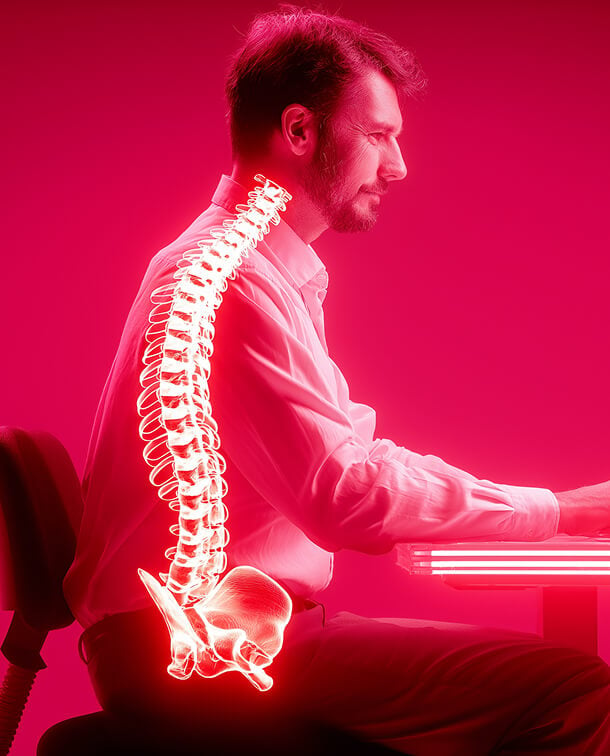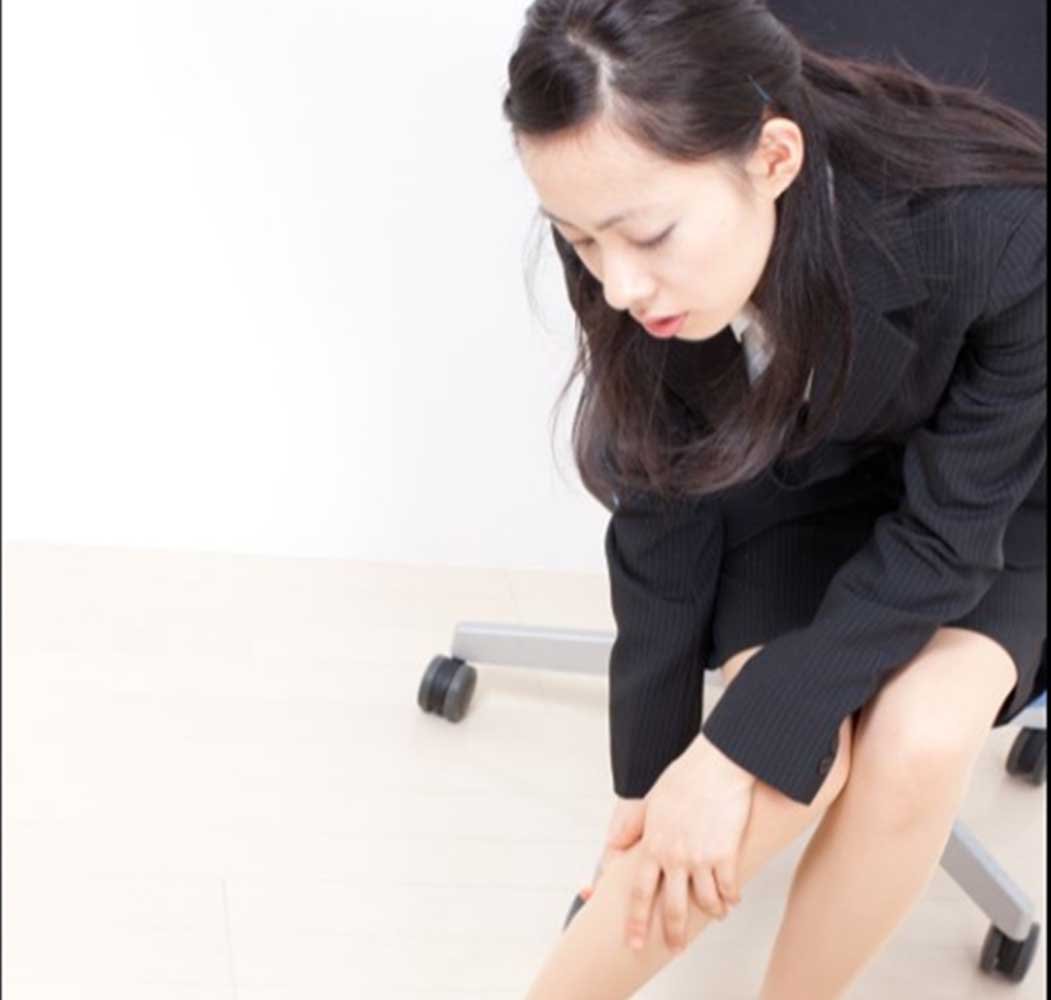Today, we address a pressing concern that affects many individuals: Piriformis Syndrome. Our focus in this article is to explore the possibility of finding a cure for piriformis syndrome and share proactive measures to ease its pain and discomfort.
Gaining Insight into Piriformis Syndrome
Living with piriformis syndrome can be a daily struggle. This distressing condition occurs when the piriformis muscle, which is located deep within the buttocks, presses on the sciatic nerve. This condition can lead to tingling or discomfort in the buttocks and the pain tends to radiate and run down the leg.
The pressing question: Is there a cure?
The short answer is that there is no definitive "cure" for piriformis syndrome. However, this does not mean that people suffering from it cannot find a measure of relief! While it may not have a one-size-fits-all cure, the bright side is you have the power to make changes that will make a difference and improve your quality of life. Dealing with piriformis syndrome might involve learning about pain management strategies, muscle relaxation techniques, and ways to improve your mobility.

How to be Proactive in Managing Piriformis Syndrome
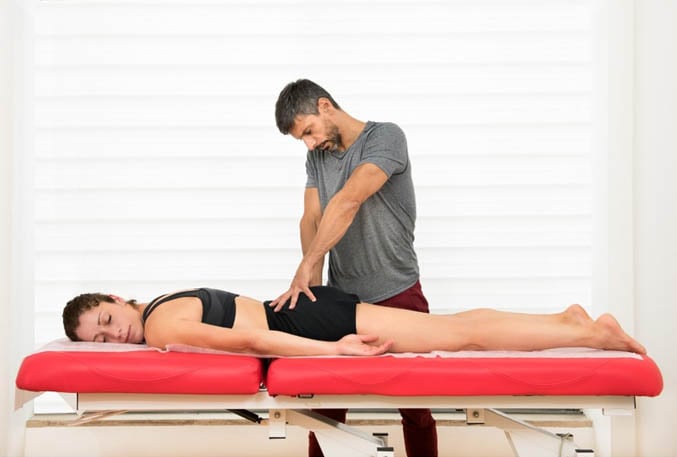
Let’s explore some strategies:
Physical Therapy: Working with a physical therapist can be helpful in relieving pain and improving muscle flexibility and strength. They can guide you through exercises and stretches that target the piriformis muscle.
Heat and Ice: Alternating between putting heat and ice on the troubled area can provide temporary relief by reducing swelling and muscle pain.
Movement: Long periods of sitting should be avoided. Instead, make it a habit to stretch and take short walks throughout your day. This routine adjustment can help prevent muscle stiffness.
Massage Therapy: Professional massage can help relax the piriformis muscle and alleviate pain. Making time for this therapy is also excellent for your overall state of mind and well-being.
Medication: In severe cases, medication may be necessary. Anti-inflammatory drugs can help reduce pain and inflammation. In some cases, your healthcare provider may recommend muscle relaxants.
Ergonomic Seating and Posture Correction: Invest in ergonomic office furniture, which can help reduce strain on the piriformis muscle during long hours of sitting. Finding a chair that encourages you to maintain proper posture while sitting is crucial. By aligning the spine with a neutral pelvis, the legs follow into a neutral position. This protects the piriformis muscle in sitting and may prevent it from becoming irritated and inflamed. Select a chair that supports the natural curve of your spine and provides comfortable back support to help you maintain a relaxed sitting position.
Do your part!
Prevention is always better than a cure. If you are prone to piriformis syndrome or want to protect yourself from it, you might find these strategies helpful:
Be active: Make time for a well-rounded fitness routine that includes strengthening exercises for your core and hips.
Watch Your Weight: Excess weight can put additional stress on the piriformis muscle. A healthy diet and regular exercise can help you stay fit and trim.
Keep limber: Incorporate regular stretching into your daily routine, focusing on hip and buttock stretches.

Be Mindful about How You Sit: How you sit matters. If you sit on a mesh chair in a slouched posture every day with your legs splayed outward, you are putting pressure on the piriformis muscle which may result in piriformis syndrome. Instead choose an ergonomic office chair that will support your pelvis and spine in an upright position. This will align the legs and minimize the risk of irritating the piriformis muscle.
While there may not be a definitive "cure" for piriformis syndrome, there are many effective strategies for managing and alleviating its symptoms. By taking proactive steps to protect your well-being, you can significantly improve your comfort and quality of life while dealing with this challenging condition.
If you are looking to improve posture and decrease pain while sitting, look no further than Anthros. Anthros is the only chair in the world that is guaranteed to improve posture or your money back. The science-backed, patented design is registered with the FDA as a posture-improving chair and is proven to have the lowest pressure (most comfortable) cushion on the planet (verified by university testing).
Take the next step to reducing pain, increasing comfort, and maximizing performance!
LEARN MORERecent Post
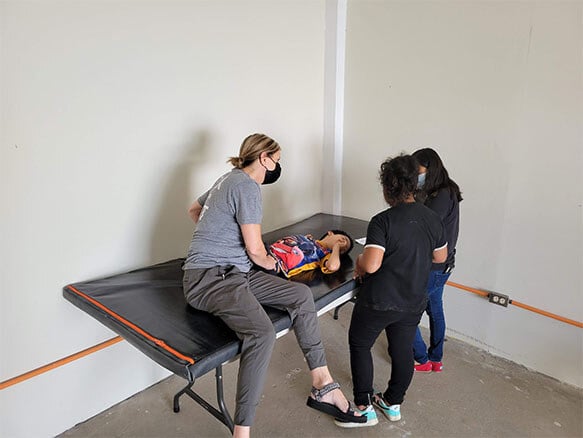
Four Lessons About Seating Everyone Can Learn from Wheelchair Users
September 18, 2025Working with wheelchair users has been an...
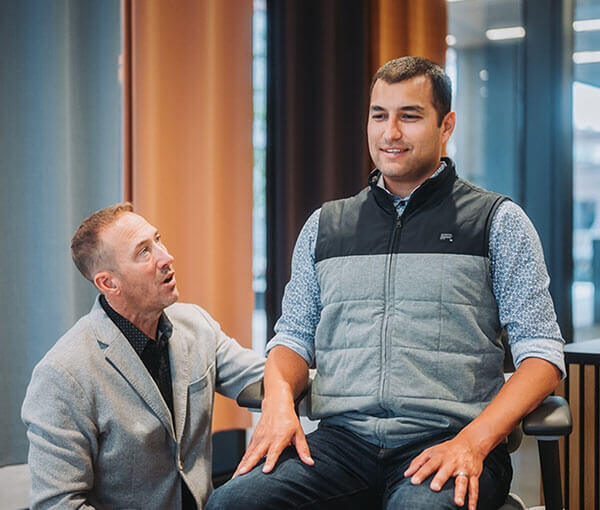
People Over Profits: Why Anthros Puts Comfort and Care First
September 17, 2025At Anthros, our mission is simple: to put people...





